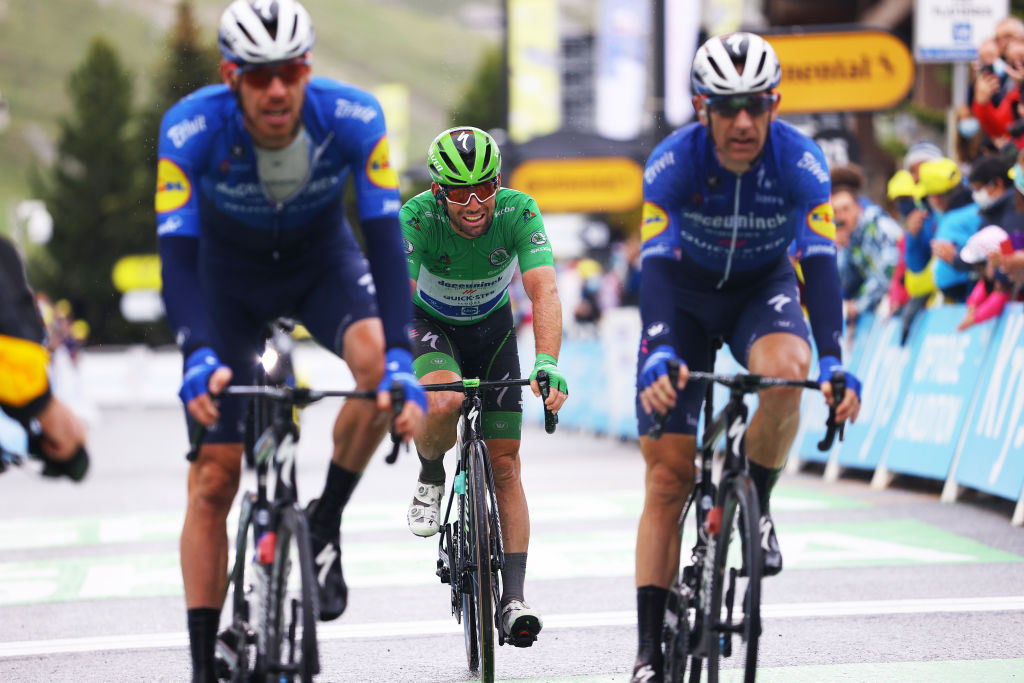The Tour de France is arguably one of the toughest challenges in elite sport – three weeks in the saddle, riding 5-6 hours a day, along thousands of kilometres of roads and ascending some of Europe’s most iconic (and savage) peaks.
While the media attention focuses on the action at the front of the race, there’s little consideration given to those at the back, who are embroiled in their own battle – trying to avoid the infamous time cut.
What is the time cut, and why is it necessary?
The time cut is used by the race organisers, ASO, as a means of encouraging the spirit of the race, and deterring those who might prefer to coast along in the wheels of others for three weeks. It’s designed to ensure that every participant is up to task.
The time cut varies by stage, and is dependent on two key factors – the difficulty of the stage, and the average speed of the winner. It’s calculated daily and although it’s not the last word – the commissaires can exercise discretion where necessary – generally speaking, if you miss the time cut for the day, you must leave the race.
Spare a thought then for the riders who find themselves battling the time cut.
As a rule which comes into effect most prominently in the big mountain stages, when the pure climbers and GC contenders are pushing the pace at the front, those most affected by the time cut are usually sprinters and their teams, who are less specialised for HC climbs. Lead-out trains must switch roles and tow their most valuable assets – their designated sprinters – over the lofty peaks in time to avoid them falling victim to the day’s cut off.
How is the Tour de France time cut calculated?
Of the two key factors that come into play when calculating the day’s time cut, one is decided prior to the race by the organisers. The difficulty of each stage is determined and a number from 1-6 assigned – also known as a ‘coefficient’. These figures are published in the race road book. Completely flat stages would be given a rating of 1, through to the most stringent of days in the mountain being rated a 6.
The second figure is calculated once the stage winner has crossed the line on any given day. The average speed of the winner is combined with the stage’s coefficient to determine a percentage. This percentage determines the amount of time outside the winner’s final time in which all other participants must cross the line. Anyone outside this percentage will sadly be sent home.
While the time…
Click Here to Read the Full Original Article at CyclingNews RSS Feed…

